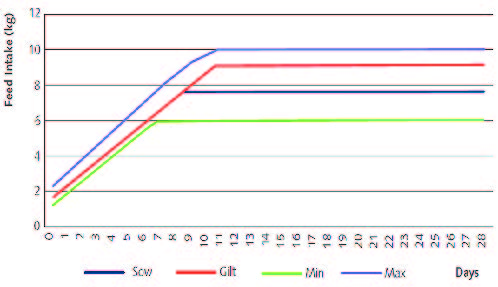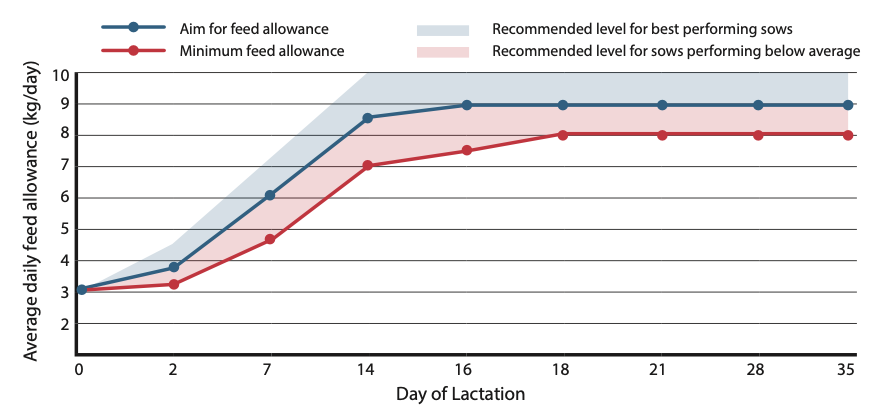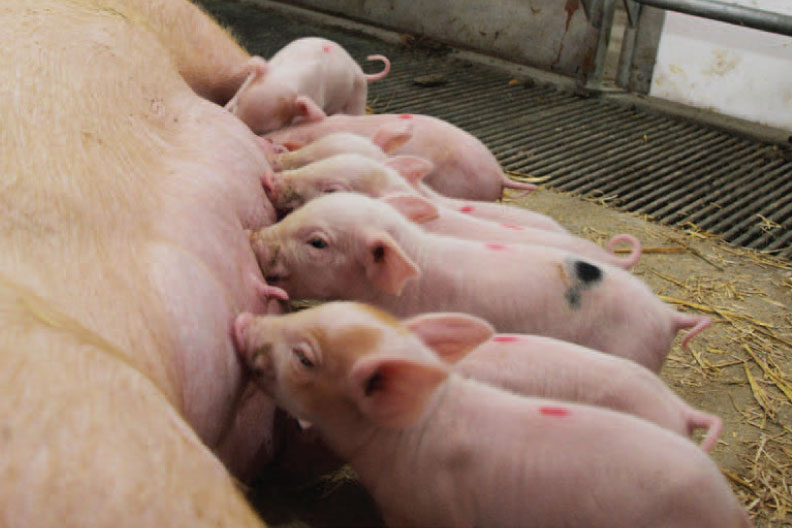By Dr. Samuel Waititu
Monogastric Nutritionist
Fortified Nutrition Limtied
To begin with, it is imperative to remember that gestation and lactation involve complicated biological systems and changes that are highly regulated by hormones. Appetite is not influenced by hunger; it is controlled by hormones! Therefore, when a sow “goes off-feed”, don’t panic, don’t blame the feed, don’t call the vet as she may not be sick, rather she may just have “got the blues” by a sudden drop or rise of certain hormones which also trigger loss of appetite. Like humans, it is worth noting that individual differences exist between sows/gilts, hence, each one may have a unique response to the stimuli elicited from the environment and their biological systems. My advice is this, before you change feed or a feeding strategy that affects the entire herd, please establish that the challenge is widespread in the entire sow herd.
Have you ever heard the expression, as greedy as a pig? Then is it not strange to walk through the lactation room and see a 400 lb sow that fails to eat 4 lb of feed a day? The primary reasons we desire to see higher voluntary feed intake in lactating sows is to enhance piglet growth and survivability, lower sow body condition loss and have a problem-free breeding. I know it almost sounds paradoxical to say that the practice of overfeeding sows pre-farrow and in early lactation could directly or indirectly be the reason the sows “go off feed” or fail to produce milk (agalactia). Looking at figure 1 and 2 as examples, I would like to remind you that all breeders advocate for a step-up feed curve after farrowing targeting for a peak in feed intake from around day 10 to 14. Unfortunately, most producers see their sows “crush” on feed between day 10 to 14 into lactation, a time where milk production is supposed to have also peaked, and they wonder why?
Figure 1 – Hypor Libra sow estimated feed intake (Source: Hypor Libra Feeding Manual)

Figure 2 – DanBred sow estimated feed intake (Source: DanBred Feeding Manual).

I have always joked with producers saying, “don’t be too nice with feed towards the ‘ladies’ around lactation, lest you hurt the ‘babies’, you better practice some tough love”. Although writing is not my hobby, in dealing with such a crucial topic, I am tempted to say let’s meet in the next publication as we try to politely unravel the mystery behind pigs without greed.
This article was written for the Spring 2023 Swine Eastern Dairy Grist. To read the whole Swine Grist, click the button below.

